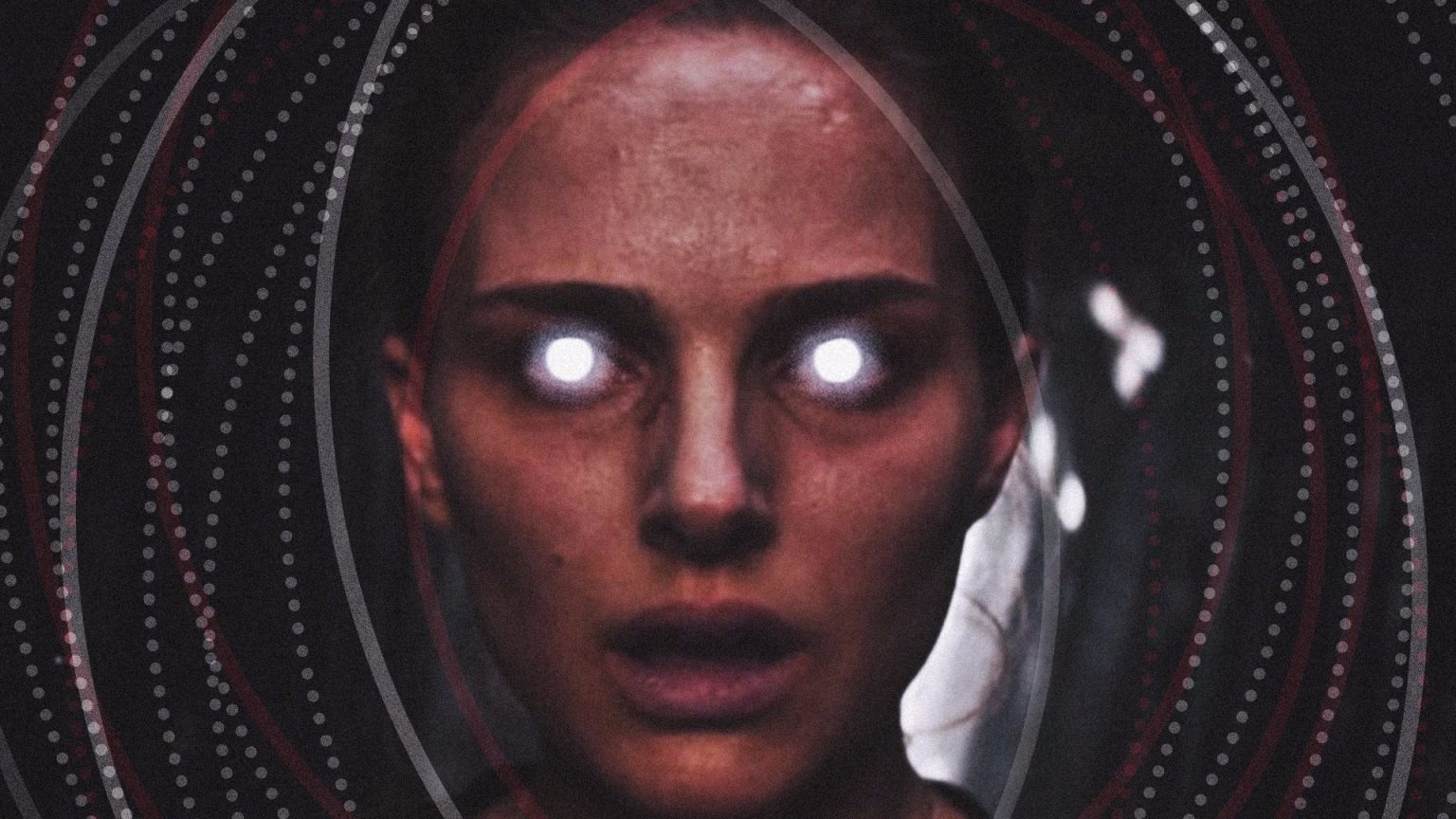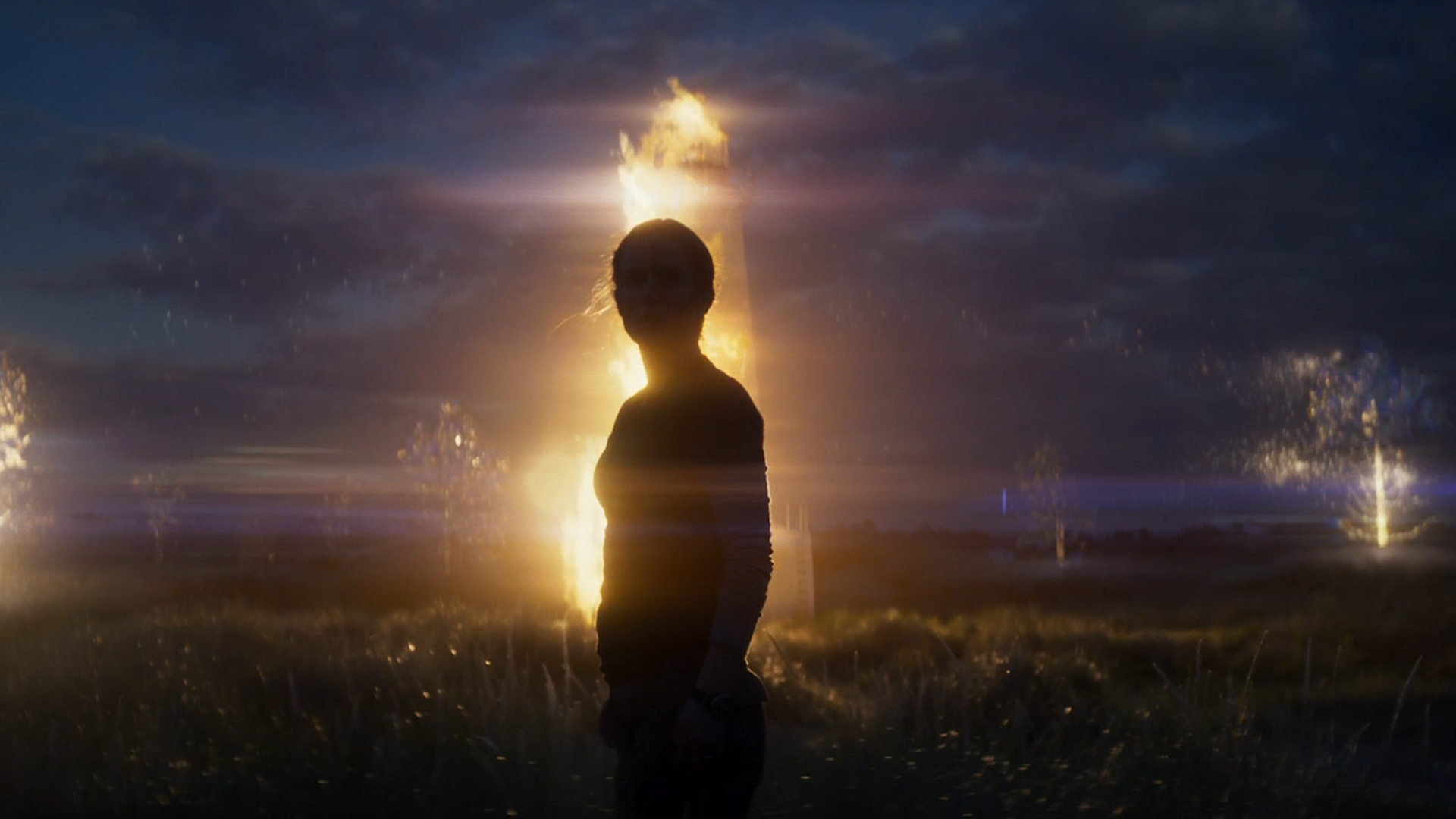To annihilate is to destroy, to cause something to cease to exist. That’s pretty aggressive, right? Guns and bombs annihilate. But maybe there’s more to the word. Time can annihilate. Nature annihilates. Maybe movie producers annihilate, and screenwriters, too. In that sense, Annihilation, released this week, is a fitting title for writer/director Alex Garland’s follow-up to his acclaimed 2014 directorial debut, Ex Machina. Basing the film on Jeff VanderMeer’s 2014 novel of the same name, Garland levels the book’s abstract sci-fi narrative down to its basic concept and rebuilds the rubble into something new, at once similar and completely different. Read the book first and you’ll be floored by how few of its details made it into the film. Catch the movie first, and you’ll be puzzled by the book’s dry complexity and lack of consistent action. No matter how you experience it, the story’s journey from book to film is a unique illustration of the kind of relationship that develops between novels and their cinematic adaptations, and a powerful example of the wonder of storytelling.
The novel follows a team of four unnamed women identified only by their professions—a biologist, psychologist, surveyor, and anthropologist—as they enter Area X, a mysterious, uninhabited region known only to be the source of strange natural phenomena. The team constitutes the twelfth expedition to visit Area X. The previous ones either disappeared completely or returned altered, and with no recollection of their experience. The story presents itself in the form of the biologist’s journal, and we learn early on that her husband was a member of the ill-fated previous expedition.
The book is an atmospheric experience that, really, feels a lot like “Myst,” that strangely successful computer game from the 90s. Here, the biologist’s journey into a strange land is defined by its lack of explanation and exposition. The story is esoteric, comprised entirely of her subjective impressions and memory as she explores Area X and its supernatural elements, most notably a tunnel (which she refers to as the “tower”) that plunges straight into the ground. Down a seemingly infinite spiral staircase, the tower contains an indescribable creature that the biologist terms “the crawler.” The tower and the crawler become the most tangible focal points of the biologist’s experience in Area X. They are crucial to the book.
Yet, there is neither tower nor crawler in Garland’s film. And, instead of an incomplete, journalistic portrait of Area X, we get a film with thorough cinematic exposition and a relatively complete narrative arc.
Ostensibly, both the book and the film involve diverse groups of earnest explorers (all women) entering a vaguely alien place: Area X (presumably some coastal region in the United States), in which the ordinary laws of nature may not apply. Both stories center on a biologist (played by Natalie Portman in the movie) seeking answers about her husband’s experience there and, on a deeper level, her trying to reconcile their strained marital relationship. From that core, though, the stories spiral in different directions, in both plot and tone.
Whereas the book is entirely first-person (we’re reading the biologist’s journal) the film turns us into third-person spectators. The book is an exercise in introspection; the film is an unraveling sequence of sci-fi intrigue, action, and gore. The book alludes to seemingly ordinary animals, with its most overtly sci-fi organism being the enigmatic Crawler. In Garland’s Area X, the Shimmer constitutes an ecological marvel inside of which every single creature evolves in rapid and unexpected ways. The team stumbles upon a massive white alligator with teeth like a shark, and a terrifying bear that mimics the screams of its prey. Both stories prominently feature the lighthouse, but its significance to each differs entirely. In the book the characters’ names are purposefully withheld; each has an ordinary name in the film. The list goes on, and it’s almost as though someone handed both Garland and VanderMeer little index cards with the story’s basic concept written on them and implored each writer to invent their own tale. They’re that different.
The two stories’ creative processes were clearly unalike, too. After all, this film is intended for mass audiences, and such a project is a vastly different endeavor from writing a cryptic genre novel (even if the novel does become a bestseller). VanderMeer’s story didn’t face the same gauntlet of threats that Garland’s did. After test screenings of the movie fared poorly, the film’s two heavyweight producers, Scott Rudin and David Ellison, entered a major disagreement over whether or not the film was too complex for a wide audience. Ellison wanted to change the film and Rudin wanted to keep it the same. Garland’s intended movie was very near to being “annihilated” itself—symbolically at least—at the hands of panic-stricken producers worried about the film’s profitability. While Rudin eventually won out, the commotion led Paramount, the studio behind the film, to cut its potential loss by striking a distribution deal with Netflix. (tourismiceland) Annihilation will hit the streaming service seventeen days after its release, a polarizing fate, no doubt evidenced by Garland’s own vocalized disappointment. Perhaps he envies the self-contained nature of VanderMeer’s book, its relative protection from meddling hands.
But to continue to view the film and the book as disparate entities, jaggedly different inside and out, would be to miss a grander point. Rather than separate, they are complementary, one story showing the inner experience of someone who enters Area X, the other conveying raw action. One of the film’s more subtly beautiful touches occurs when the team discovers a patch of tree-like plants that grow in the shape and size of human bodies, a lovely and funereal implication of humanity in an environment otherwise hostile to people. It is in this moment that the physicist theorizes that the Shimmer acts as a sort of prism, one that distorts literally everything, from radio frequencies to DNA, which would explain the strange effects it has on the ecosystem—and humans—that it envelopes. At the beginning and end of the film, Garland hints at this notion with a visual symbol, that of Lena’s hands viewed through a clear glass filled with water. The liquid’s prism of refraction reverses the image of her hands. Surely, Annihilation, the movie, is its own prism, one through which Garland projected his own interpretation and experience of Area X.
Experience the film’s story, and the book’s. Experience Area X through one set of eyes, and then another. The characters in the book respond to it one way; the film’s expedition, another. That’s undeniably what happened to both VanderMeer and Garland when they considered the idea of an “Area X,” and, evidently, it’s what happened to the feuding Scott Rudin and David Ellison. Area X will mean something different to everyone who thinks about it, however they experience it. As VanderMeer’s biologist writes in her journal, “We were neither what we had been nor what we would become once we reached our destination.” People go in, see it through their own prisms, and are changed. You enter the space, and it can be confusing, profound, scary, and beautiful all at once. It’s sort of like going to the movies.
Want more on Annihilation? Check out our article on filming the unfilmable right here.





